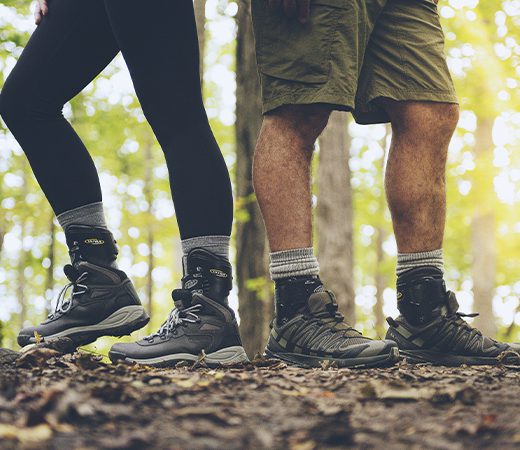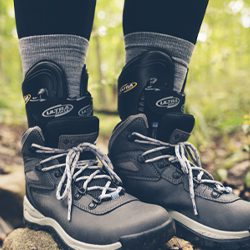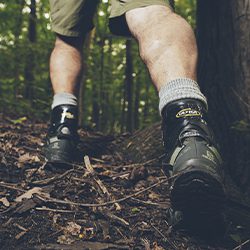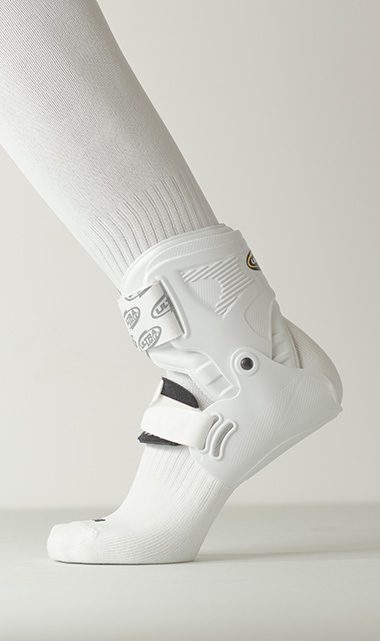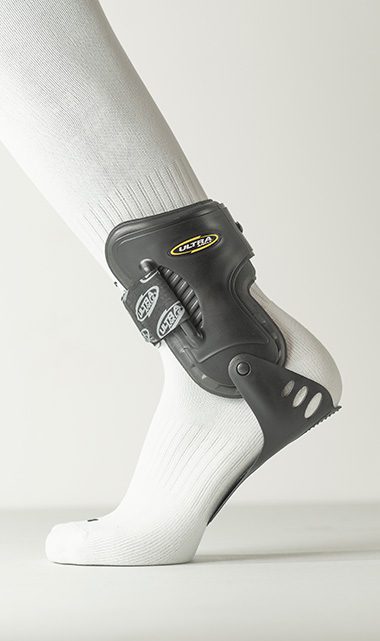Hiking is a beloved activity for many outdoor enthusiasts, offering a perfect blend of exercise, nature, and adventure. However, the rugged terrain and varying conditions can pose a risk to one’s ankle health. Ensuring your ankles are protected is essential for a safe and enjoyable hiking experience.
Common Causes of Ankle Injuries in Hiking
Hiking trails can be unpredictable, with uneven terrain, loose rocks, and steep inclines or declines. According to a study published in ScienceDirect, ankle injuries while hiking are commonly caused by factors such as walking on an uneven trail (48.7%), stepping on loose rocks (35.3%), and walking on a downhill slope (50.0%) . These factors increase the likelihood of twisting or spraining an ankle. Additionally, inadequate footwear and fatigue can further elevate the risk of injury. It’s crucial to be aware of these potential hazards to take proactive measures for prevention.
Prevention Tips for Ankle Injuries
To protect your ankles while hiking, start by investing in high-quality hiking boots that provide solid ankle support. However, it’s important to note that high-top hiking boots, while offering some degree of support, do not fully protect the ankle from twists and sprains. According to JACO Rehab, high-top boots may give a false sense of security as they restrict the natural motion needed for proper ankle stability and do not prevent the ankle from rolling.
Using trekking poles can help maintain balance on tricky trails. Additionally, regularly performing ankle-strengthening exercises and warming up before hikes can significantly reduce the risk of injuries. These exercises might include heel raises, ankle circles, and resistance band exercises, all aimed at improving ankle stability and strength. Staying vigilant and attentive to trail conditions is also crucial, as it allows hikers to anticipate and navigate potential hazards more effectively.
Long-term Effects of Untreated Ankle Injuries
Neglecting an ankle injury can lead to chronic instability, making you more susceptible to repeat injuries. Over time, this can result in arthritis and persistent pain. Once your ankle ligaments have been damaged or stretched, you’ll be more susceptible to repeat injuries, chronic instability, or arthritic problems later in life. It’s vital to address ankle injuries promptly to avoid long-term complications and ensure a healthy hiking lifestyle.
Why Use Ankle Braces for Hiking?
Some hiking enthusiasts avoid wearing an ankle brace because they worry it might cause their ankles to become weak and still. However, Dr. John Mishock published scientific evidence that refutes this common myth. “In healthy athletes without a previous ankle injury, ankle braces can significantly improve dynamic postural control and single-limb stability and reduce the incidence of ankle sprains. (J Sport Rehabil. 2015, AM J Sports Med 2011) In multiple studies, the prophylactic use of ankle braces in healthy athletes can reduce the incidence of ankle injury by 70% without causing weakness or limited range of motion. (Dison et al. J Sci Med Sport, 2010; Richie et al. Clin Podiatr Med Surg, 2015)”. Ankle braces offer an added layer of protection by providing stability and support. They prevent the over-extension of ligaments, reducing the risk of injury. Importantly, maintaining your natural range of motion is crucial for ankle strength, and the right ankle braces can help achieve this balance.
Ultra Ankle Braces: The Best Choice for Hikers
Ultra Ankle® braces are designed to safeguard your ankles without compromising on comfort or mobility. A traditional lace-up brace, like our Ultra 360® will lock your ankle in place while the figure-8 straps provide 360º of ankle support to help prevent excessive ankle rolling. The multi-adjustable design allows you to customize your level of support while protecting against harmful twists and sprains.
Hinged ankle braces, like the Ultra Zoom® and Ultra High-5®, make sure the only movements you’re restricted from doing are those that might cause an injury. If you wear a mid-top hiking boot, we recommend the Ultra High-5 ankle brace because its taller profile makes for an easy application in the mid-top boot. If trail training and racing is your thing, or you like to wear a low-top hiking shoe, we recommend the Ultra Zoom ankle brace because its low-profile form-fitting design works well with the low-top shoe. Both braces are easy to put on, offer long-lasting protection, and ensure your hiking adventures remain injury-free.
Conclusion
Ankle injuries can turn an enjoyable hike into a painful ordeal. By understanding the risks, taking preventive measures, and using high-quality ankle braces like those from Ultra Ankle, you can protect your ankles and enjoy the trails with confidence. Invest in your ankle health today for safer and more fulfilling hiking experiences.

